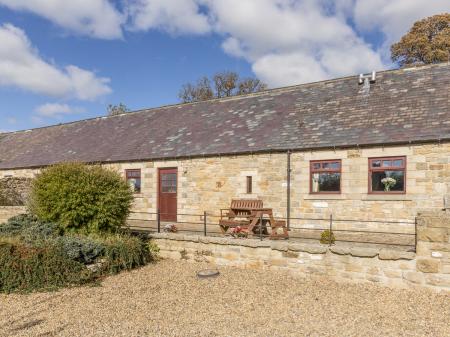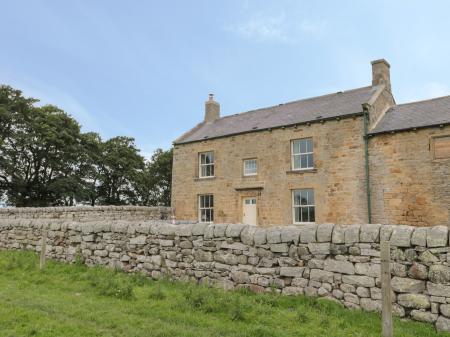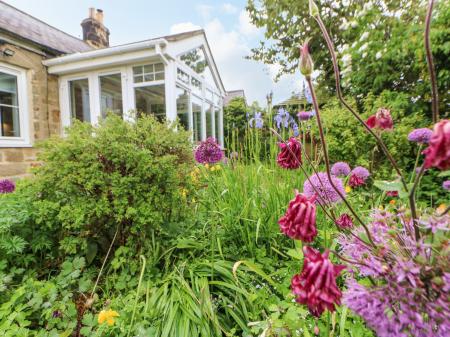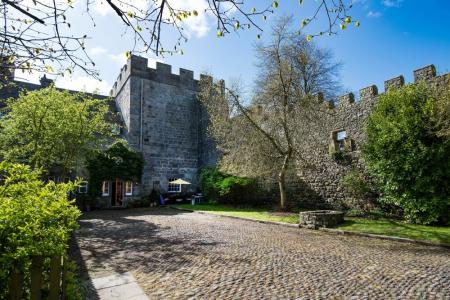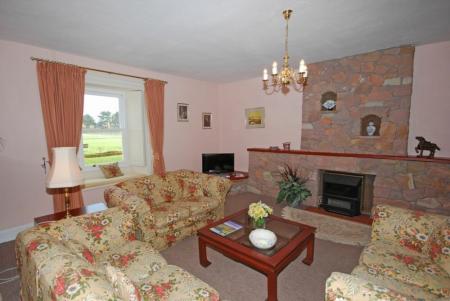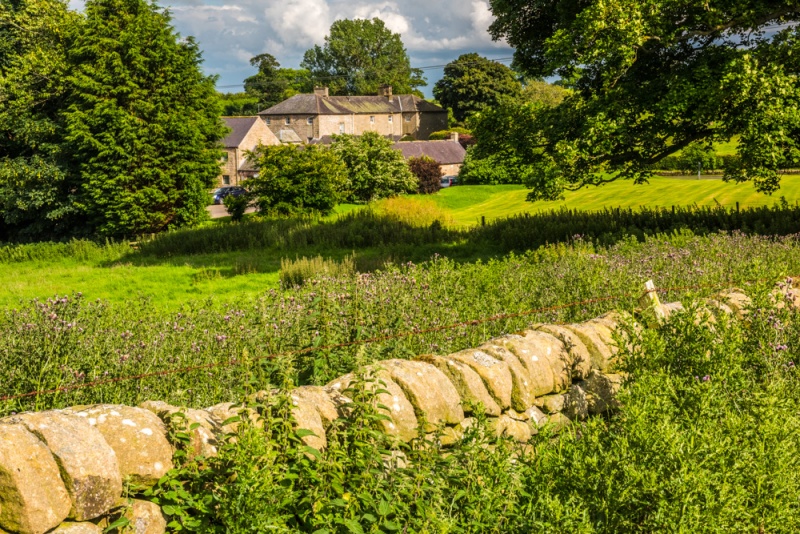
History
Lancelot Brown, better known by his later nickname 'Capability', was born at Kirkharle in 1716, and baptised at nearby St Wilfrid's church in 1717. The lord of the manor at that time was Sir William Loraine, a London barrister and MP, who came from an old Northumberland family. Loraine planted large numbers of trees on his estate and embarked on an ambitious programme of agricultural reform, clearing land and removing stones to create a better opportunity for farming.

The young Lancelot Brown was educated at nearby Cambo school before entering the service of Sir William Loraine as a gardener. He helped Loraine develop the parkland surrounding the family home before moving south in 1739 to continue his gardening career. The connection between the 2 families does not end there, for Brown's younger brother John married the second daughter of Sir William, the 2nd baronet.
Brown would return years later, his reputation made as one of the most influential landscape gardeners and architects of the 18th century. He came back to Kirkharle to re-design the Loraine's hall, and help lay out the grounds in his usual picturesque style. There is some doubt as to how much hands-on design work Brown did at Kirkharle, or whether he simply advised the Loraine family on how best to update their property.
The Loraine family sold Kirkharle Hall to a neighbouring landowner named Thomas Anderson in 1834, and since Anderson did not need two houses, he promptly destroyed much of the old Hall, saving only the east wing, which he converted into a farmhouse.
In the late 1990s, the farmhouse and other 18th-century farm buildings were restored and used to house local artisan workshops, a visitor centre, and a cafe.
Capability Brown's Landscape Garden
One of the most interesting features of the restoration work is the parkland. Capability Brown's landscape plan for Kirkharle survives. The parkland has been replanted according to these plans, and a serpentine lake created. The plan probably dates from 1770, when Brown stayed at Kirkharle while working for the Duke of Northumberland on Alnwick Castle. The plan was adapted and used to re-create Brown's vision of the Kirkharle landscape.

One of the highlights at the Kirkharle visitor centre is an exhibition covering Capability Brown's life, from his birth and childhood here to his later career as '‘the Shakespeare of Gardening'.
Do take a few minutes to explore St Wilfrid's Church, built in 1336, filled with memorials to the Loraine family. The late medieval font is not the one in which Capability Brown was baptised; it was brought here in 1786 from All Saints church in Newcastle. A memorial plaque to Brow is set on the south wall of the nave.
The Loraine Memorial
Between the church and the remains of the Hall stands The Loraine Monument, marking the place where Robert Loraine was murdered by Scottish raiders in 1483. Loraine was a Border Reiver, but he was also responsible for prosecuting thieves and Scottish reivers in northern England. He always kept horses and weapons ready to pursue Scottish raiders. He must have made some serious enemies, for in 1483 his foes lay a trap. A party of men lay in ambush between the Hall and St Wilfrid's church.
Loraine was returning from a church service when the Scots surprised him. They killed their foe and, in an attempt to strike terror into his allies, they cut his body into small pieces, stuffed them into his horse's saddlebags, and turned the animal loose to wander home. The memorial to Robert Loraine was erected in 1728 by Sir William Loraine, 2nd Baronet, Capability Brown's employer.
Visiting
Kirkharle is easy to find; it is signposted off the B6342 and the A696 near the junction of these roads.
When we first arrived I didn't know what to make of Kirkharle. There is a cluster of restored farm buildings around a pair of courtyards, with a cafe and several craft workshops and shops in the old buildings. There were signs for all the workshops, but nothing immediately obvious relating to Capability Brown. As we began to explore I realised that there were information panels on many of the restored buildings telling Brown's story and what life was like during his childhood.

Capability Brown landscape
Behind the cluster of buildings, a trail leads through the recreated landscape garden, circling around a serpentine lake, which acts as a small-scale nature reserve. The landscape area is fascinating, for it shows what a Capability Brown landscape garden would have looked like when it was first created.
Brown's beautifully landscaped parks like those at Stowe in Buckinghamshire and Croome Court in Worcestershire are all mature, with hundreds of years having passed since those landscapes were planted. At Kirkharle you can see what a Brown landscape would have looked when it was first planted before trees grew up and the landscape softened.
When we visited there were mechanical diggers by the lake, busy creating a cascade to celebrate the tercentenary of Brown's birth. At first, I was put off by the diggers, thinking they spoiled the view. But then I realised that this was exactly what it would have been like to see a Brown landscape garden in development.
Brown often employed hundreds of men with hand tools to transform a landscape, create lakes, plant trees, and build cascades. At Kirkharle we have the exact same thing happening; the only difference is that mechanical diggers have replaced hand tools. From that perspective visiting Kirkharle is like stepping into a time capsule, transporting you back to the 18th century to see a Brown garden in the process of taking shape.
One other feature deserves special mention. Behind the Hall, a trio of large, empty frames are set on pillars. These empty 'windows' frame views across the evolving landscape, like a painting. The frames are set at different angles, and you can shift position so that the frames show a different part of the landscape. Brown was famous for creating viewpoints focussed on landscape features like trees or architectural follies. The empty frames at Kirkharle let you 'frame' the landscape and create your own views. It's a fascinating experiment, and I really enjoyed it.






 We've 'tagged' this attraction information to help you find related historic attractions and learn more about major time periods mentioned.
We've 'tagged' this attraction information to help you find related historic attractions and learn more about major time periods mentioned.